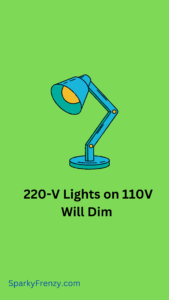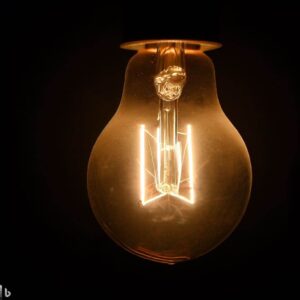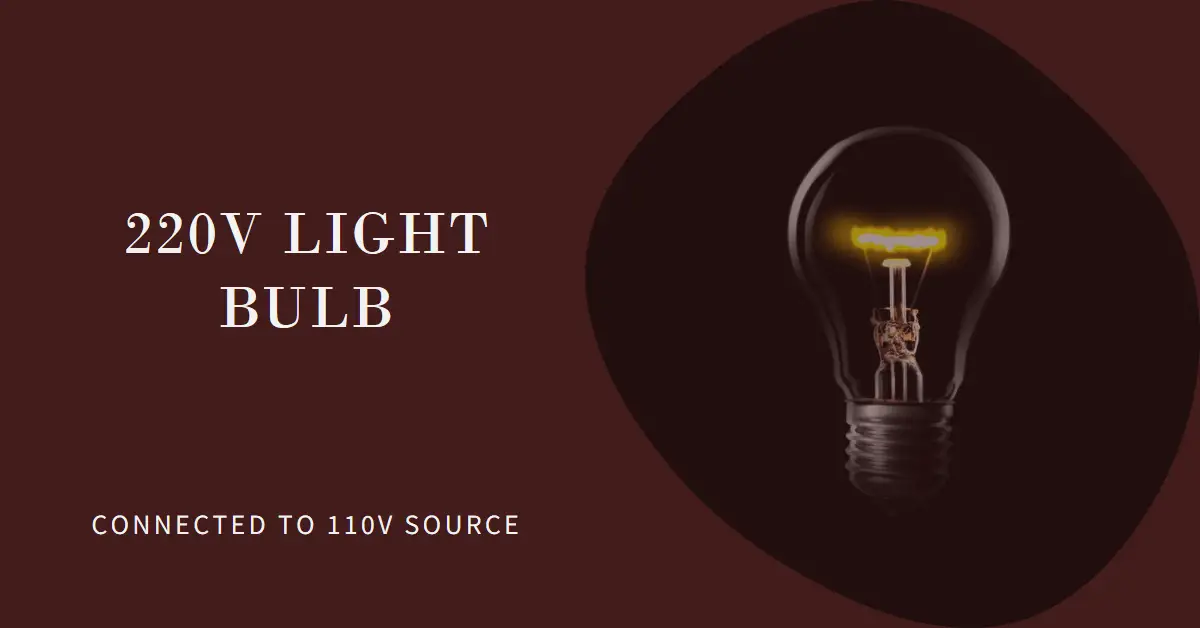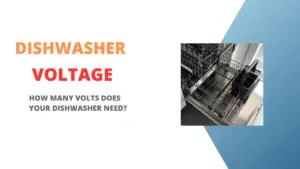In our daily lives, electricity powers everything from lighting up our homes to running appliances and charging our devices.
Understanding electrical voltage is vital for the safe and efficient use of electrical devices. In the United States, the standard voltage for household electrical systems is 110 volts.
However, in some other countries, like many in Europe, the standard voltage is 220 volts. This article aims to explore the potential consequences of plugging 220-volt lights into a 110-volt socket, shedding light on the risks involved and the importance of electrical safety.
Understanding Electrical Voltage
Voltage refers to the electrical potential difference between two points in a circuit. It is the force that pushes electrons through the circuit, creating the flow of electricity.
In the USA, the standard electrical voltage for household sockets is 110 volts. Conversely, in some other countries, the standard voltage is 220 volts.
The difference in voltage affects the way electrical devices function and poses potential risks when incompatible devices are used together.
Read also my article: Voltage Dilemma: Can You Use a 110V Light Bulb in a 220V Socket?
Consequences of Plugging 220-Volt Lights into a 110-Volt Socket

Using electrical devices rated for a different voltage than that of the power source can lead to several undesirable consequences:
1. Dim or Flickering Lights
When 220-volt lights are plugged into a 110-volt socket, they will operate at a lower brightness or may flicker.
The reduced voltage supplied to the 220-volt lights limits their power output, resulting in diminished brightness.
This is an immediate effect of the voltage mismatch and indicates that the lights are not receiving the optimal voltage for their operation.
2. Potential Damage to Light Fixtures
While the lights may not draw more current due to the voltage difference, the continuous use of 220-volt lights in a 110-volt socket can have long-term consequences.
The reduced voltage can cause stress on the lighting fixtures over time, potentially leading to damage and reducing their lifespan and performance.
3. Fire Hazard
While the immediate dimming of the lights is not a cause for immediate alarm, there are still potential fire hazards associated with using incompatible voltage devices.
Operating lights with the incorrect voltage can lead to increased resistance and heat generation within the electrical components, creating a fire risk over time.
Exploring the Potential Scenarios

Let’s explore potential scenarios to better understand the outcomes of plugging 220-volt lights into a 110-volt socket:
Scenario 1: Directly Plugging 220-Volt Lights
In this scenario, when 220-volt lights are directly plugged into a 110-volt socket, the lights will dim or flicker due to the voltage mismatch.
While this may not cause immediate damage, the continued use of the lights in this manner can result in potential long-term issues.
Scenario 2: Using Adapters or Converters
Some individuals may consider using adapters or converters to address the voltage difference. However, adapters designed for low-power devices may not be suitable for high-power appliances like higher-power lights.
Using such adapters might not provide a stable voltage output if used with many light bulbs at the same time, leading to further risks and potential damage.
Safety Precautions and Recommendations
To ensure electrical safety and prevent any mishaps, here are some important precautions:
- Always read the labels and manuals of electrical devices to understand their voltage requirements and limitations.
- If you’re uncertain about voltage compatibility, consult a qualified electrician for guidance.
- Consider upgrading your electrical system to accommodate higher voltage devices if needed.
- Adhere to safe practices for using electrical appliances and avoid overloading circuits.
Conclusion
In conclusion, plugging 220-volt lights into a 110-volt socket will cause the lights to operate at a lower brightness or flicker due to the voltage mismatch.
While this immediate effect may not cause significant harm, using incompatible voltage devices can lead to potential damage to light fixtures and create fire hazards over time.
It’s essential to use electrical devices that match the voltage of the power source and prioritize safety when dealing with electricity to ensure a safe and efficient electrical system in your home.
Want to learn more about electricity? Check my YouTube channel!
Are You An Electrical Engineer or Electrician?
Install my Free On Google Play Now! It’s 100% Free
The staff I recommend (Amazon Affiliate Links to products I believe are high quality):
- Economy 120 Volt/60Hz AC Power Source – Step-Down Voltage & Frequency Converters 1800W
- UNI-T Digital Multimeter Tester UT139C
- 50-Amp Extension Cord for RV “100ft”
- Voltage Stabilizer 110/220v
- Hair Dryer “best selling“
- TOSHIBA EM131A5C-BS Countertop Microwave Ovens
Disclaimer: This contains affiliate links to Amazon products. I may earn a commission for purchases made through these links.


